Reviewed by Julianne Ngirngir
Here's what's happening: Google is quietly expanding automatic enrollment in the Find Hub network (rebranded from Find My Device) beyond its current triggers.
APK teardown analysis reveals that when you hit certain "triggers," your device gets auto-enrolled after just 48 hours unless you actively opt out. That's up from the original 24-hour window, but still a remarkably short leash for something that turns your phone into a node in Google's global location-tracking mesh—and it enables Google to build the device density they need to compete with Apple's Find My network.
What you need to know:
Expanded triggers: Simple actions like enabling Location services or syncing with accessories now trigger auto-enrollment
48-hour countdown: You get exactly two days to opt out before you're automatically in the network
Default setting: Auto-enrollment defaults to "high-traffic areas only," but you're still participating
Strategic necessity: Google needs more devices to make Find Hub reliable enough to rival Apple's ecosystem
The triggers that'll get you auto-enrolled
Google's expanding beyond the current automatic enrollment when you add a Google Account. New code strings show that future triggers include enabling Location access, syncing with Fast Pair accessories, pulling recent location data from another device, or simply stopping use of other devices linked to your account.
When one of these events occurs, you'll see an alert: "This device will join the network in high-traffic areas within 2 days." Miss that window, and you're automatically opted in. This aggressive push directly addresses what Google's own data shows are "low device opt-ins"—essentially, not enough people are volunteering to make the network competitive.
The expanded triggers make sense from a network reliability standpoint. If you're already comfortable enough with location services to enable them, or you're syncing devices that could benefit from tracking, Google figures you're a prime candidate for network participation. Android Police testing confirms that in many regions, Find Hub's Bluetooth tracker performance actually rivals AirTags, but the system requires internet connectivity to function—no signal or Wi-Fi means you can't even ping nearby devices.
Why Google wants your phone in the mesh
The Find Hub network leverages billions of Android devices to create a crowdsourced location-tracking system. When your device participates, it anonymously reports the locations of lost items it detects via Bluetooth, helping other users find missing phones, earbuds, or trackers.
Google's research found that "the Find My Device network is most valuable in public settings like cafes and airports, where there are likely many devices nearby." The system employs multiple privacy safeguards: it won't relay location data unless multiple Android devices detect the same item, and it won't report from your home if you've specified your home address in your Google account.
But here's what those privacy protections actually mean in practice: Find Hub's algorithm includes throttles that limit both how often your device reports locations and how frequently item owners can query locations. While this protects against stalking, it creates a trade-off—tracking stolen items becomes more difficult if they're moving through areas with fewer Android devices, or if they're placed on moving vehicles that don't linger long enough for multiple detection confirmations.
Think of it as Google's solution to the "network effect" problem that killed Google+ and still haunts many of their social features. Without critical mass, location tracking networks are essentially useless. Apple solved this by making participation the default from day one.
Your two-day escape window
If you want out, you need to act fast when you see that enrollment notification. The quickest route is through your device settings: head to Settings > Google > Find My Device and flip the toggle off. CNET's guide confirms this works across Android devices.
You've got two main opt-out levels. Choosing "Off" means the Find My Device app must request your device location each time you open it—no stored location data. The "Without network" option keeps basic Find My Device functionality but removes your phone from the crowdsourced network entirely.
The notification timing varies significantly across the rollout. Recent user reports show some users receiving notifications a week before auto-enrollment, while others get the full 48-hour countdown. Google's also sending emails with opt-out instructions "in small lettering at the bottom," which suggests they're aware this isn't exactly a consumer-friendly change. The inconsistent rollout means you can't rely on getting advance warning—UK users report many still haven't received enrollment notifications despite the feature being available.
PRO TIP: Set a calendar reminder to check your Find My Device settings monthly. Once these triggers go live, you could get auto-enrolled without realizing it, especially if you frequently sync new accessories or manage multiple devices.
What happens next for Android privacy
Google's approach reflects a broader shift in how tech companies handle consent for network-effect features. The 48-hour window represents a compromise—longer than the original 24-hour plan, but still short enough that many users will miss it completely. Android Authority's analysis suggests Google will send explanatory emails when these new triggers activate, but the burden remains on users to actively reject enrollment.
Looking ahead, recent APK teardowns reveal Google's working on UWB (ultra-wideband) support and ARCore integration for Find Hub. UWB enables the kind of precise, directional tracking that makes Apple's AirTag experience so intuitive—instead of just knowing your keys are "nearby," you'll get room-level accuracy with visual guidance through your camera. The company's also developing satellite connectivity for emergency location sharing when cellular coverage fails, allowing one-time location updates to emergency contacts every 15 minutes.
These technical upgrades make Google's network participation push more understandable. UWB precision tracking and satellite emergency features require device density to work effectively—the more phones participating in the mesh, the more reliable these advanced capabilities become for everyone.
The company's privacy track record adds context to these changes. Google wants location data for advertising and targeting purposes—something that resulted in a recent $392 million settlement with 40 states for tracking users even when they had opted out of Google apps. While Find Hub operates differently with anonymized, encrypted data, the aggressive enrollment tactics follow familiar patterns of making participation feel inevitable rather than optional.
Bottom line? Google's making participation in Find Hub feel less like an option and more like an inevitability. The two-day opt-out window is generous compared to no window at all, but it's still a short leash for a feature that fundamentally changes how your device participates in location tracking. Set those calendar reminders—once you're in, you'll need to manually dig through settings to get back out.




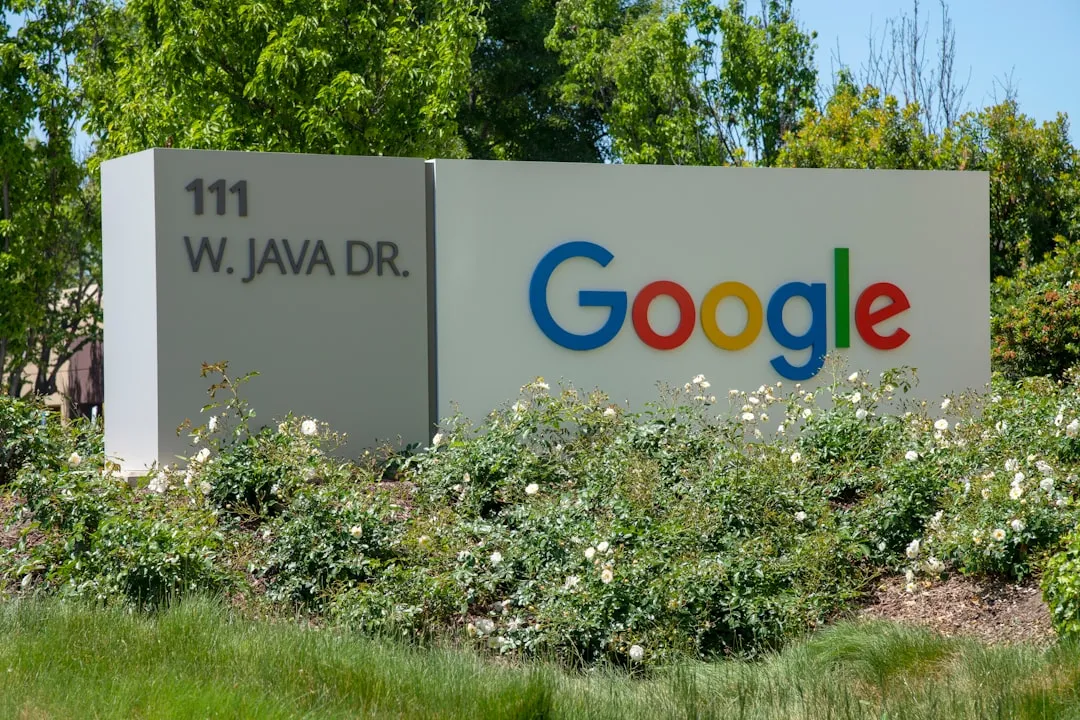
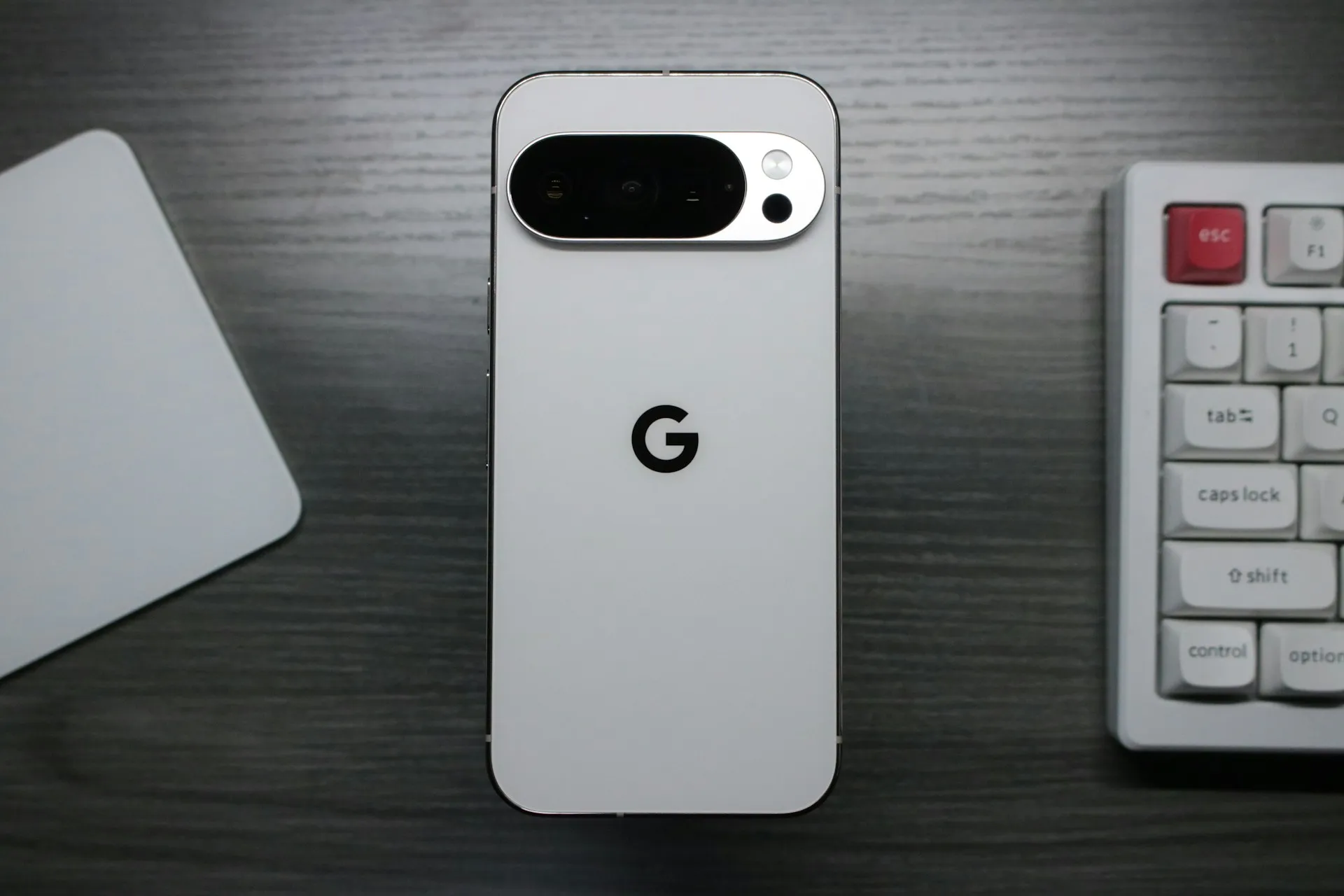
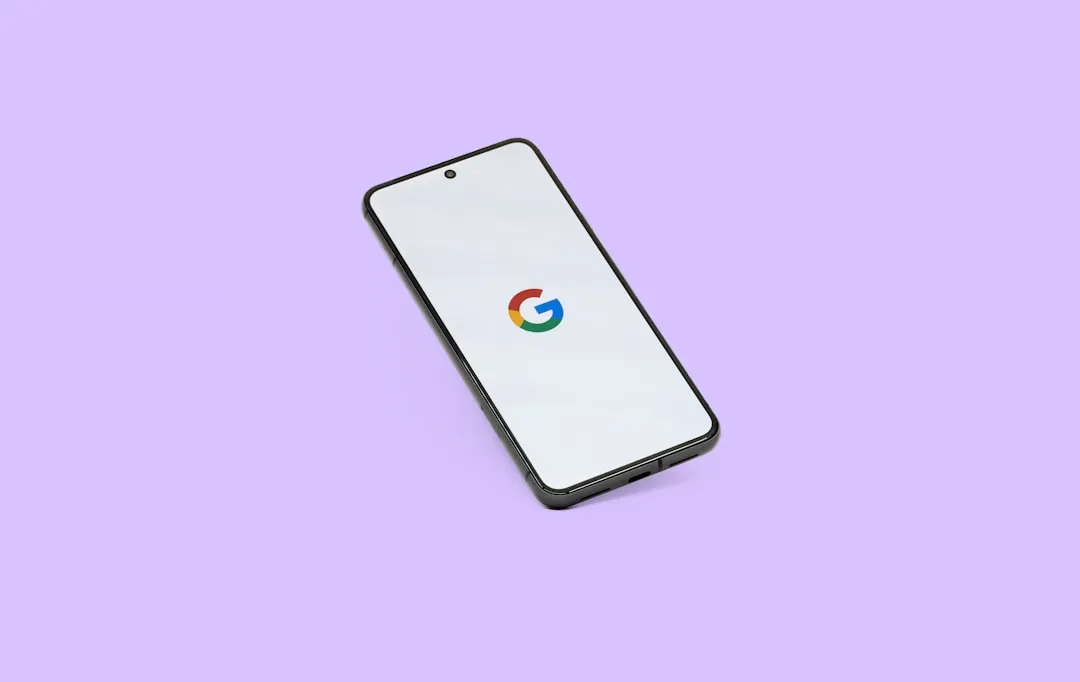
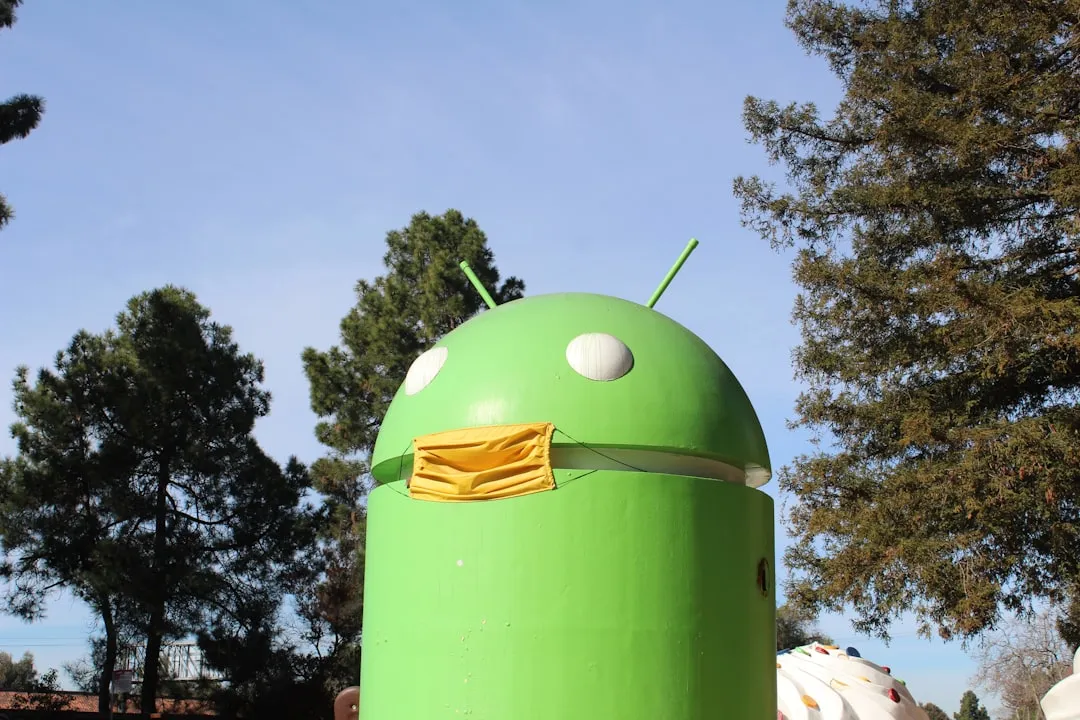
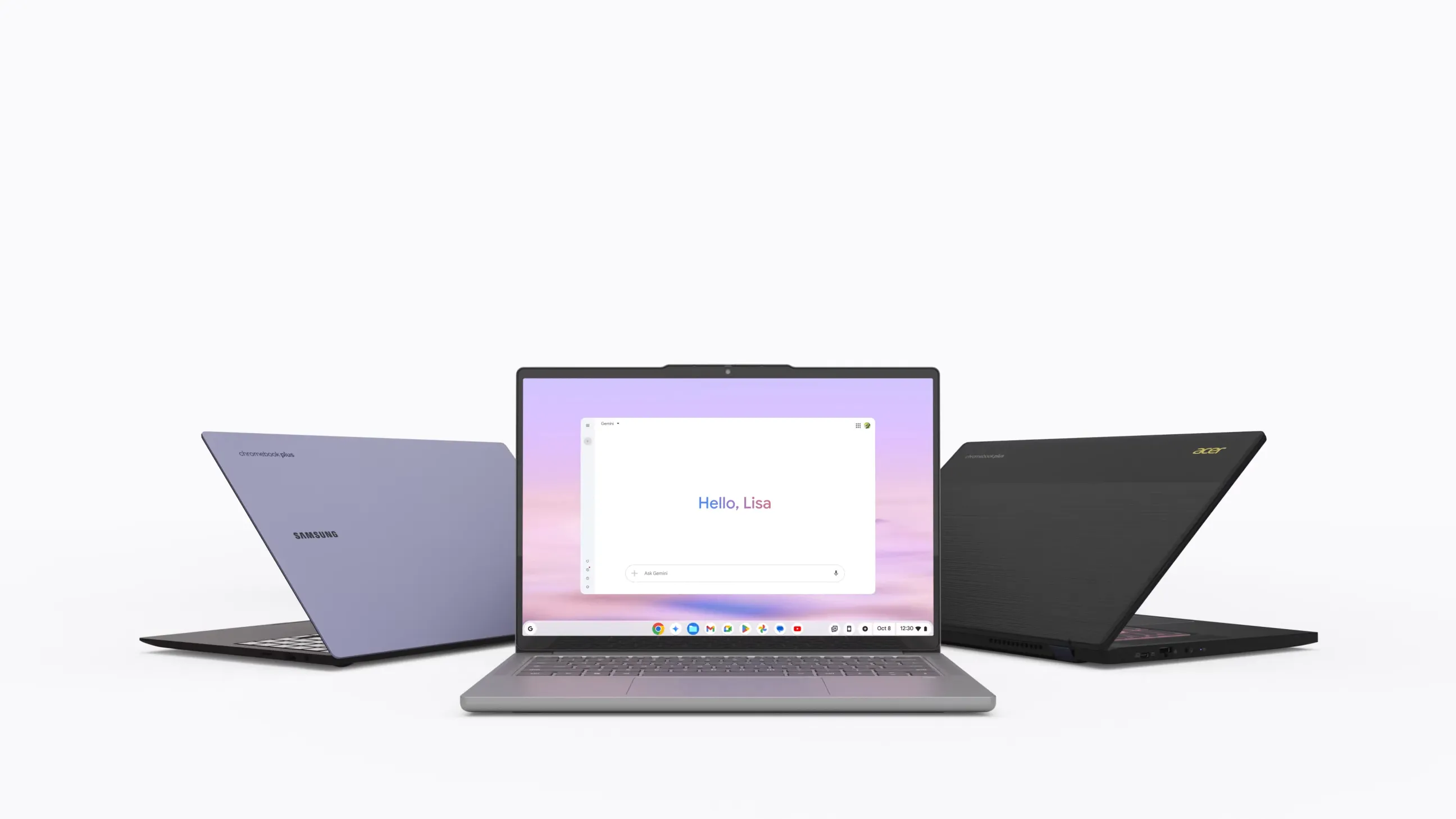

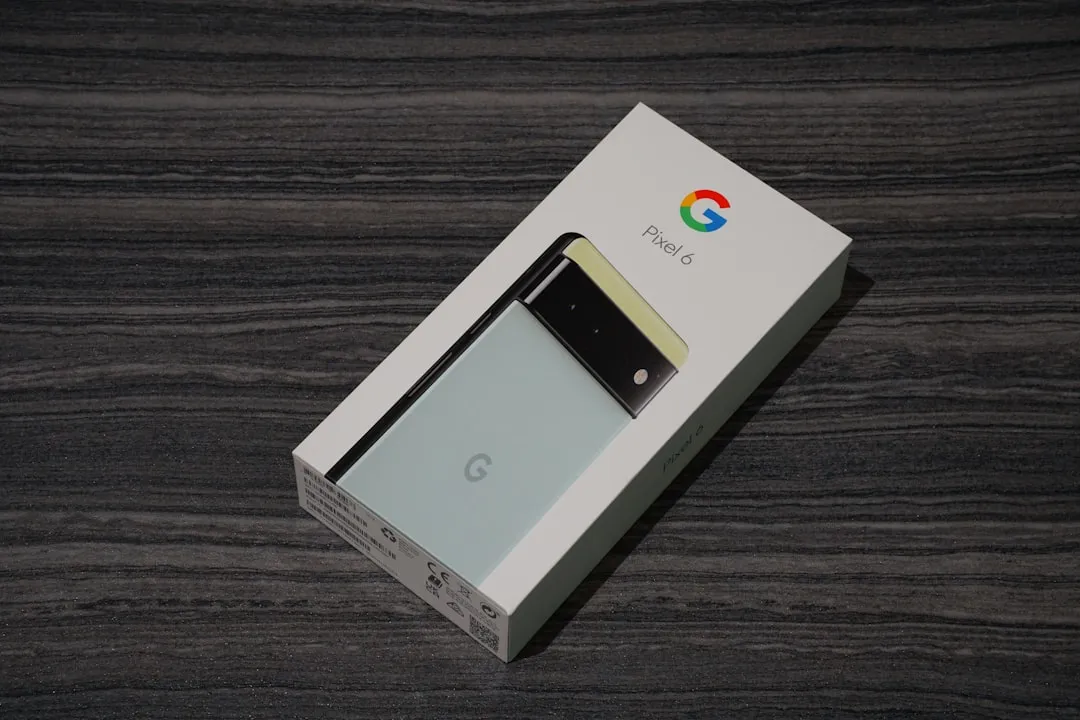
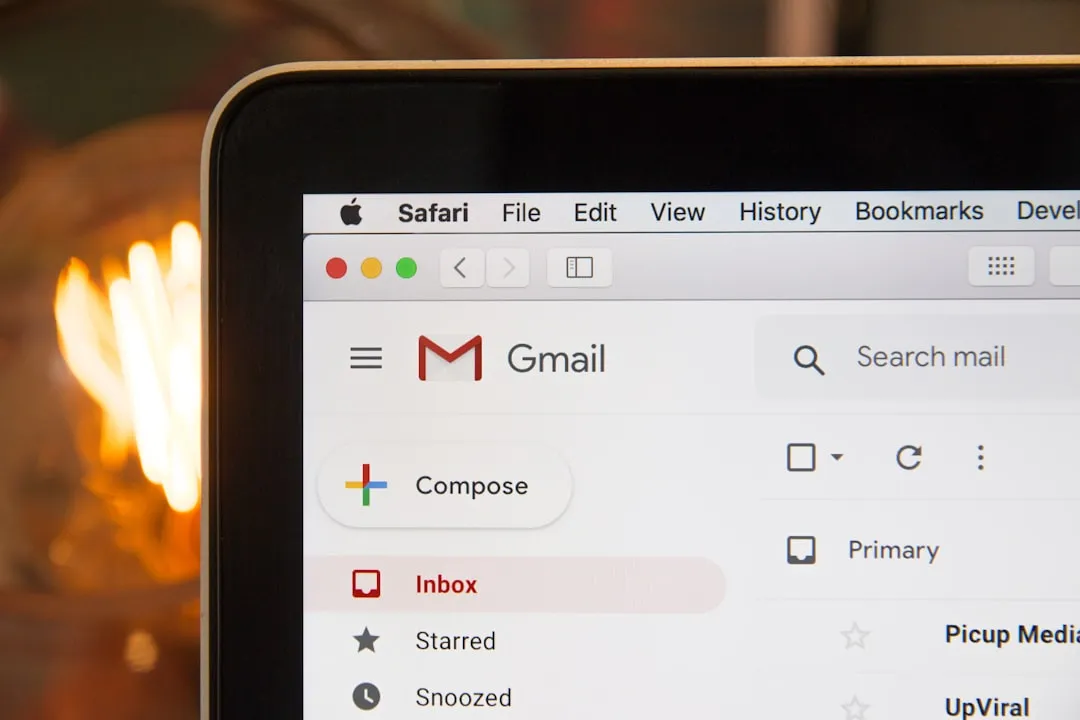
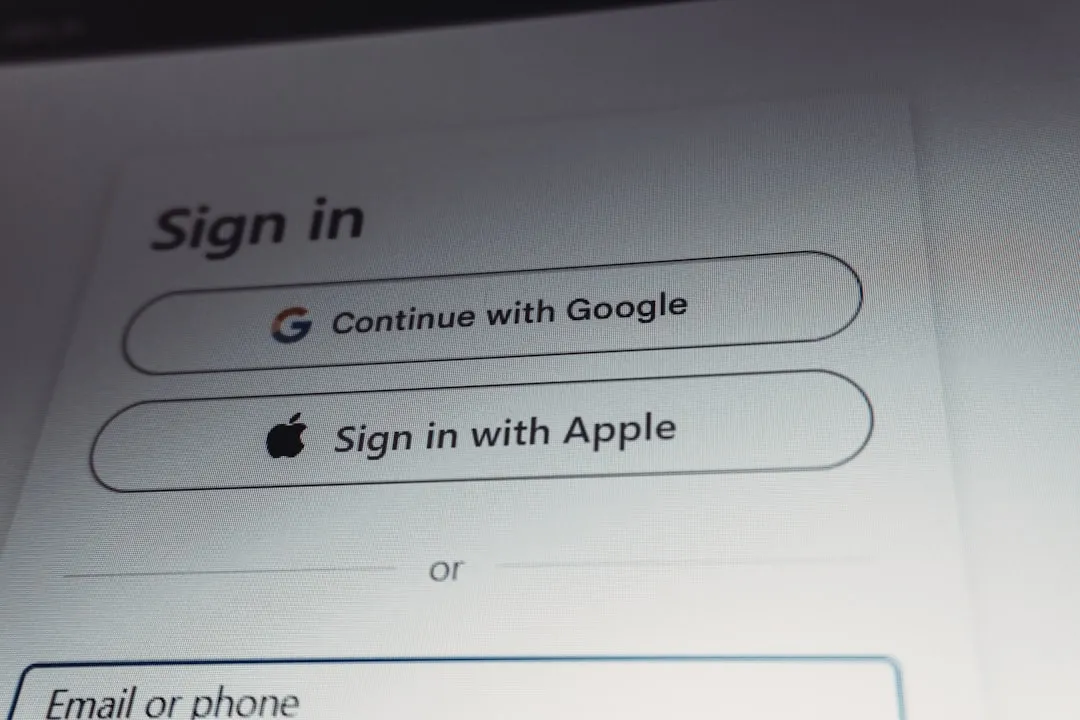
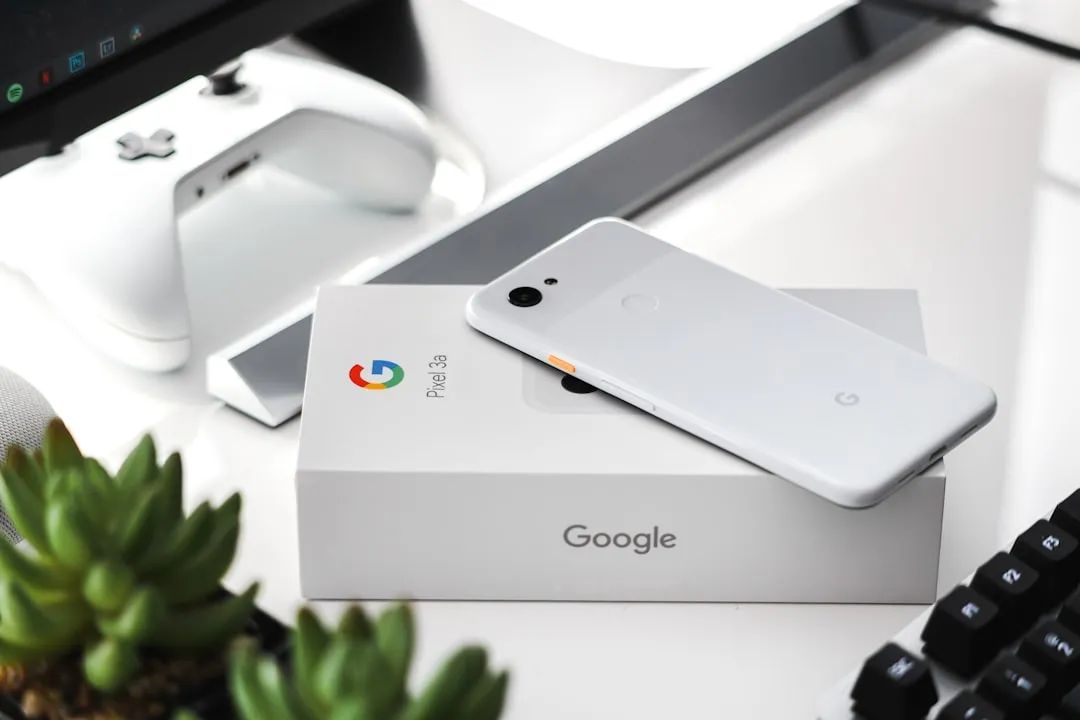

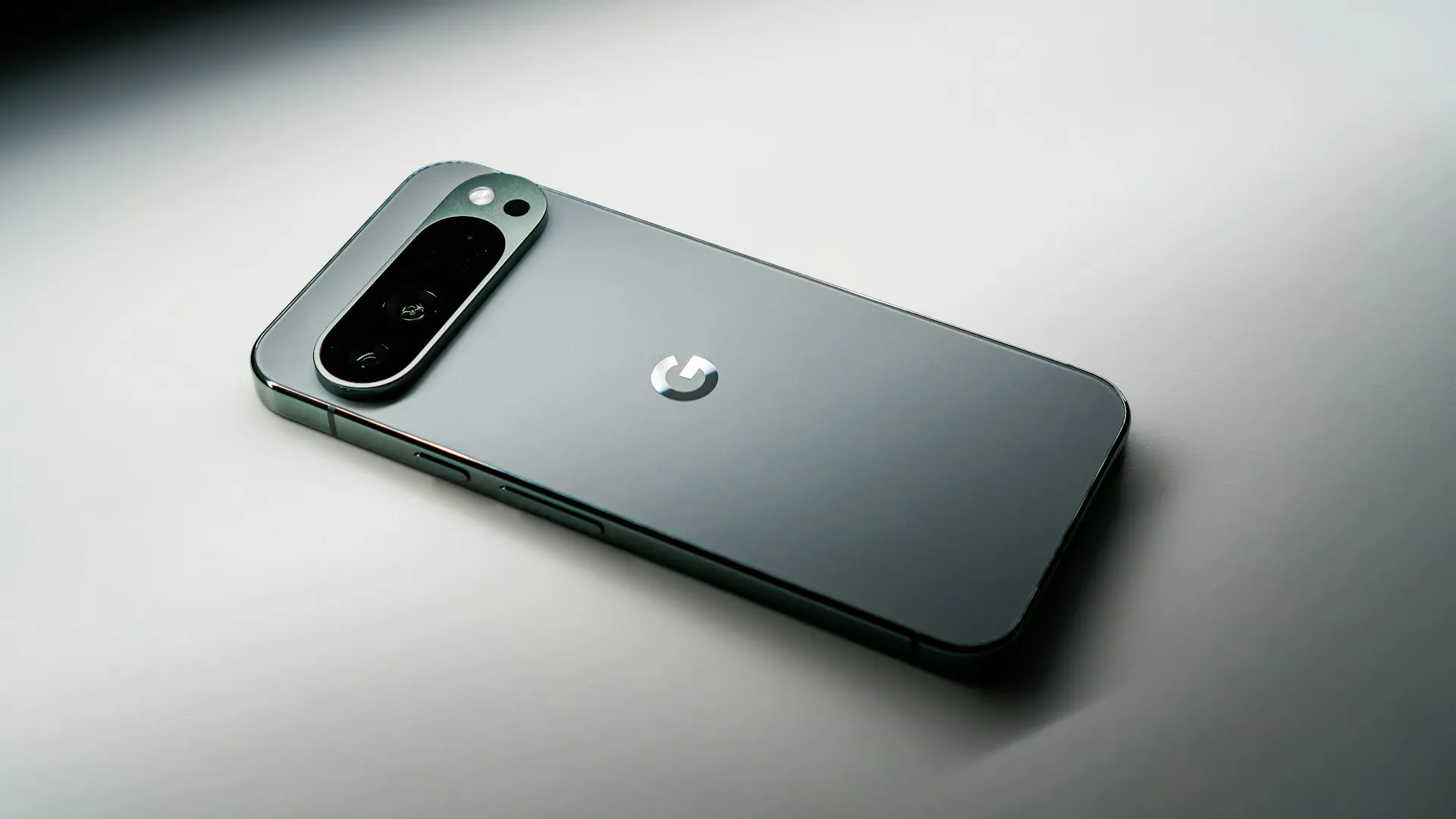
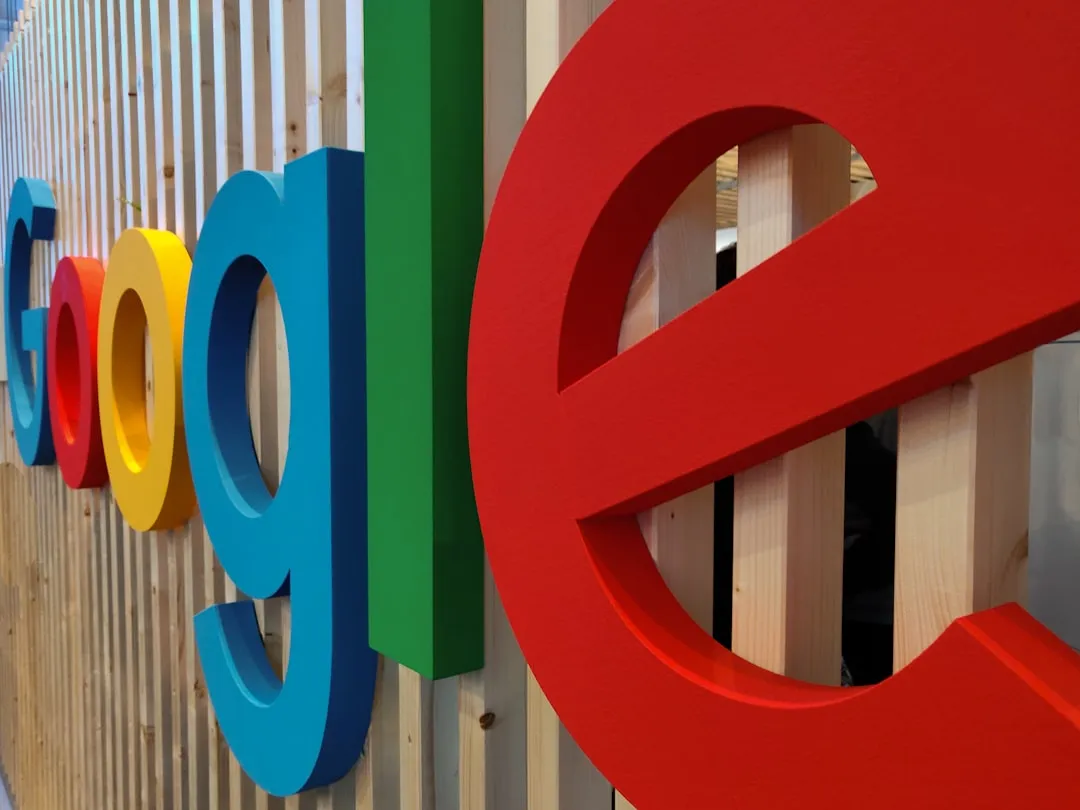


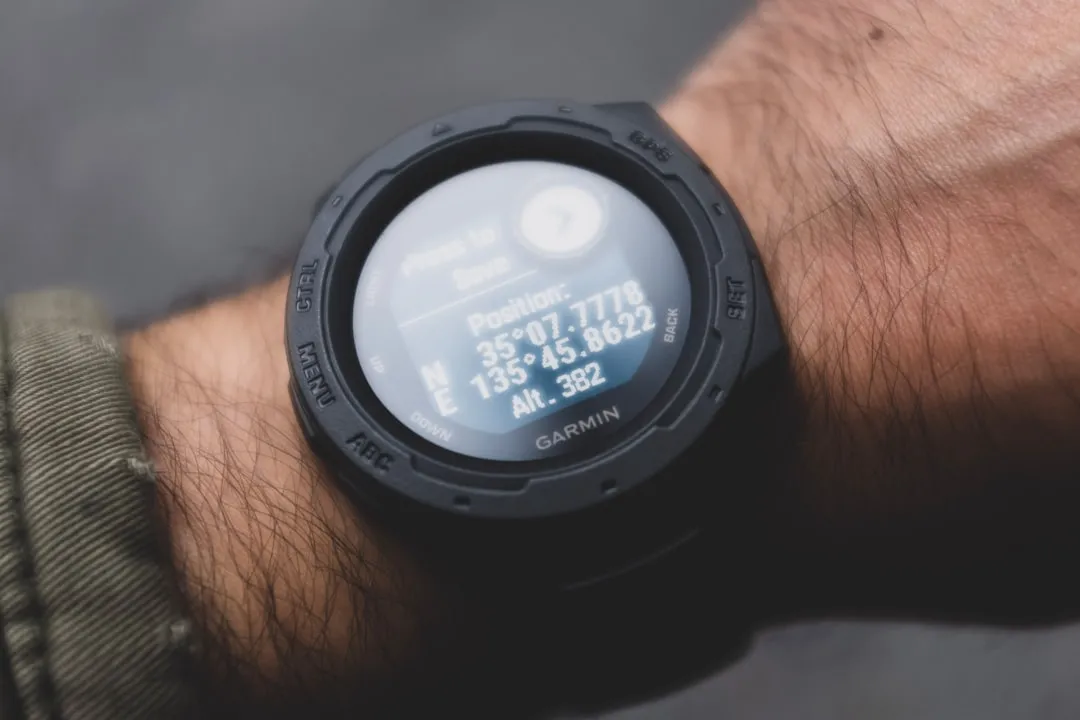
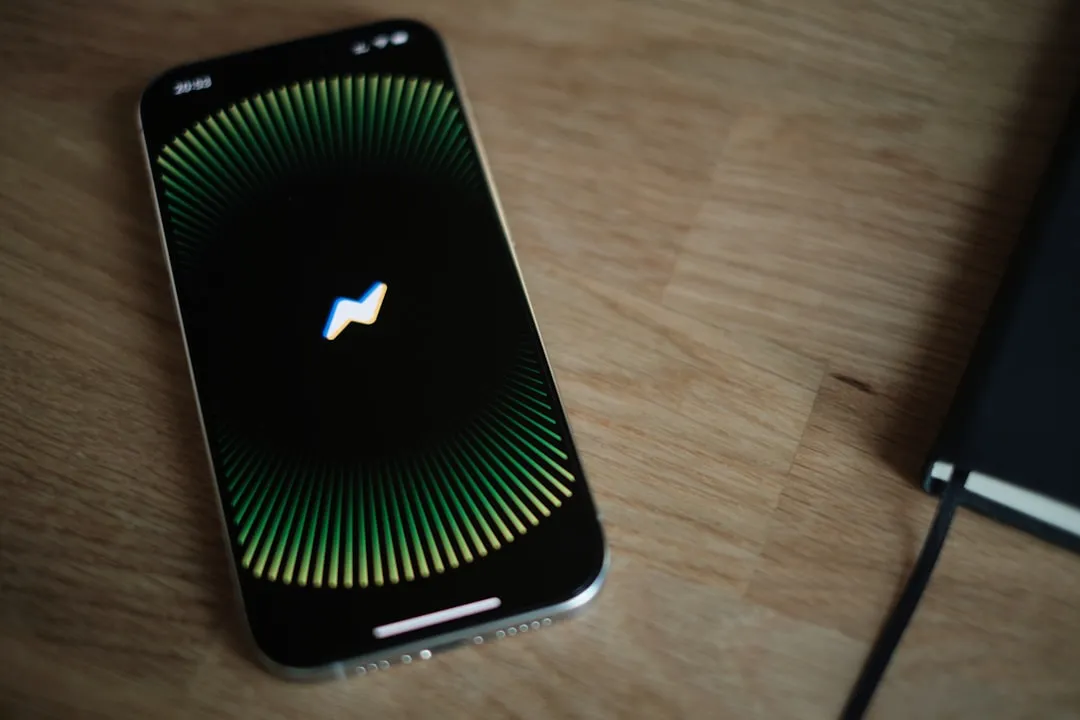

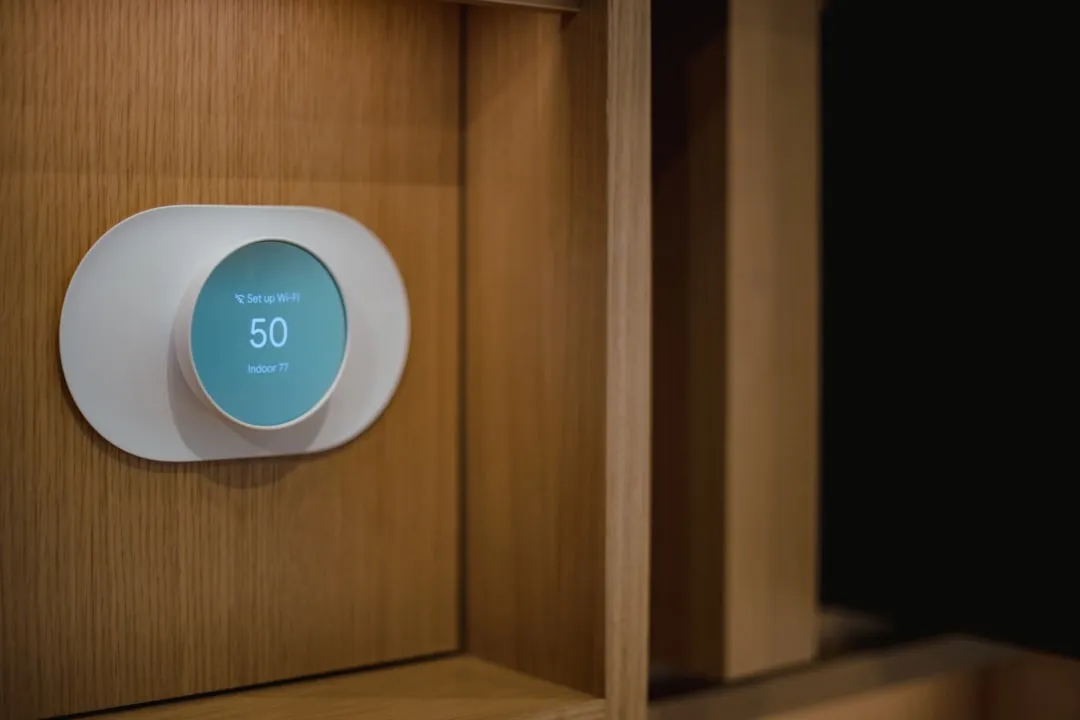

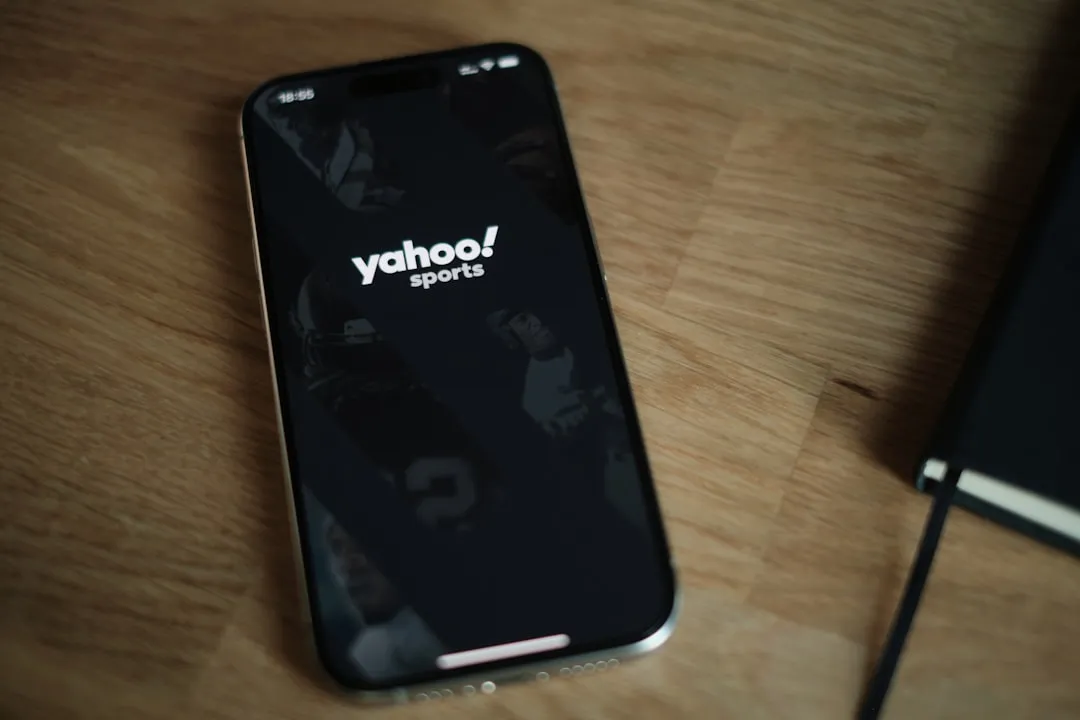
Comments
Be the first, drop a comment!